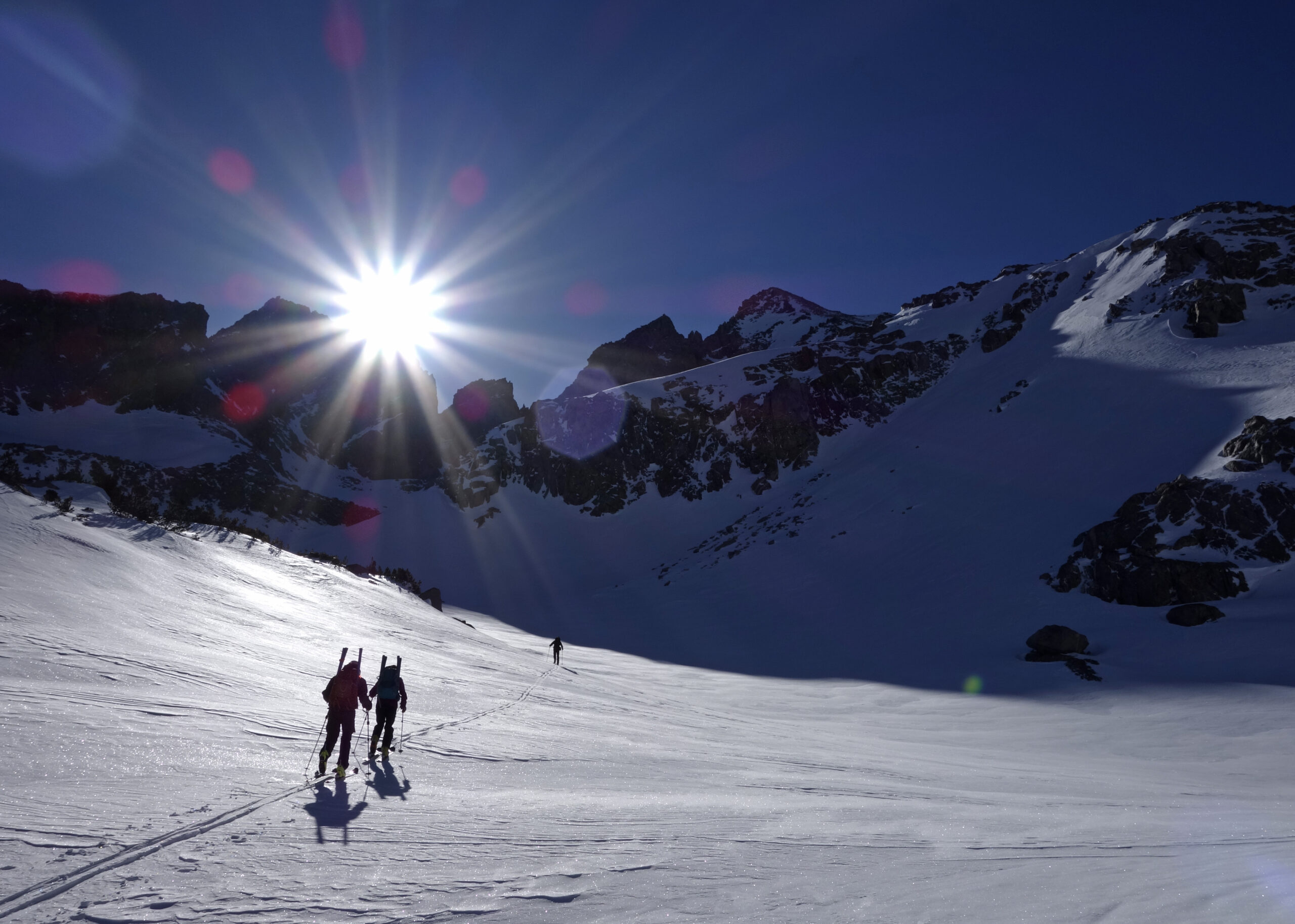The summer solstice is just around the corner, but someone forgot to tell California’s snowpack.
After years of wallowing in drought, this winter walloped California’s Sierra Nevada mountains in a major, record-setting way. And while the calendar says summer, winter still has its grips on the granite spine of the Sierras.
NASA Earth Observatory released satellite imagery on Thursday that shows what a difference a year makes. Snowpack is at 170 percent of normal when averaged across the state and some areas are reporting way higher totals than that, according to the California Department of Water Resources. Alpine Meadows, located just west of Lake Tahoe, reported 288 inches of snow on the ground (no, that’s not a typo) as of early June. Deep green hues of healthy vegetation also extend down the Sierra Nevada western slope, another benefit of all that precipitation.
A storm earlier this week even dropped a few inches of fresh powder to freshen up the slopes for ski resorts that have stayed open to accommodate skiers and boarders who have been starved for snow for five years. California, you’ll may recall, was in an epic drought until this winter helped bust it in a big way.
Beyond making skiers happy, the massive amounts of snow at high elevations and rain at low elevations helped fill reservoirs that were dangerously low. In the case of the Oroville Reservoir, all the rain ended up being too much of a good thing and caused a cascade of events that nearly caused the dam holding waters back to collapse.
Only 8 percent of the state remains in comparatively mild drought. At this time last year, 84 percent of the state was in drought, including 21 percent in the worst type of drought tracked by the U.S. Drought Monitor.
But though drought seems like a distant memory looking at the snowy Sierras, Californians shouldn’t forget it. Precipitation (or lack thereof) is a key ingredient for drought, and while climate change isn’t likely to cause a shift in precipitation for the Golden State, it is likely to have an impact on another key drought ingredient: hot temperatures.
Scientists have already shown that hot years are overlapping with dry years more often and that within a few decades, any dry year will also certainly be a hot one in California. Put a few of those hot, dry years together and you’ve got yourself a recipe for another extreme California drought. That means the Golden State should enjoy the good times like 2017, but be ready for a future where drought conditions happen more often unless carbon pollution is cut.

